The Mental Health Perks of Cutting Back
Reducing screen time comes with big mental health benefits, especially in today’s world of constant connectivity and digital stimulation. Spending too much time in front of screens can lead to burnout, anxiety, and disrupted sleep. Our brains are often stuck processing an endless stream of information, which can leave us overstimulated and stressed.
 By cutting back on screen time, we give our minds space to rest, process more effectively, and focus on the present moment. A digital detox can ease anxiety, boost your mood, and improve emotional well-being by allowing your brain to reset and reconnect with more meaningful activities. Less screen exposure can also lead to better sleep, reduced symptoms of depression, and sharper cognitive function—giving your mind the break it deserves.
By cutting back on screen time, we give our minds space to rest, process more effectively, and focus on the present moment. A digital detox can ease anxiety, boost your mood, and improve emotional well-being by allowing your brain to reset and reconnect with more meaningful activities. Less screen exposure can also lead to better sleep, reduced symptoms of depression, and sharper cognitive function—giving your mind the break it deserves.
How to Start Your Digital Detox
Starting a digital detox doesn’t have to be overwhelming. Simple steps can go a long way in cutting back on screen time and reducing its stress. Begin by setting aside screen-free hours each day—like during meals or before bed—to help your brain unwind. Over time, you can gradually increase these breaks as it becomes part of your routine.
Mindfulness or meditation is another great tool to help reduce the mental noise caused by digital distractions. Just 10-15 minutes a day of deep breathing, guided meditation, or even a walk outside without your phone can help you reconnect with the moment and feel more grounded. These intentional pauses can help bring a sense of calm and improve overall well-being.
Move Your Body, Not Your Scrolling Thumb
Physical activity is a great way to unplug and refresh. Yoga or group workouts, for example, not only improve physical health but also provide a mental reset by reducing anxiety and lifting your mood. Yoga fosters a mind-body connection, promoting relaxation and mindfulness through movement. Group workouts offer the added benefit of community and accountability, which can help combat feelings of isolation that sometimes come with too much screen time.
Whether it’s a yoga session, a nature walk, or a group fitness class with friends, these activities give you a chance to step away from the screen, clear your mind, and boost your physical and mental health.
Ready to give it a try? Your mind—and your well-being—will thank you.
Ready to put down the phone?
Try our new FREE program: PowerLifting with Shelby! Whether you're new to powerlifting or an experienced pro, you’ll have the chance to set new goals for the new year. Join us for the NIFS PowerLifting program starting January 20th. Click the link to register now!


.jpg?width=493&height=288&name=GettyImages-1158207879(1).jpg) Fitness center amenities, such as a Sauna or Steam room are amongst the most popular for members of all ages. Members seek these amenities for potential benefits for physical and mental well-being. In this blog, you will learn some potential benefits of using these amenities.
Fitness center amenities, such as a Sauna or Steam room are amongst the most popular for members of all ages. Members seek these amenities for potential benefits for physical and mental well-being. In this blog, you will learn some potential benefits of using these amenities.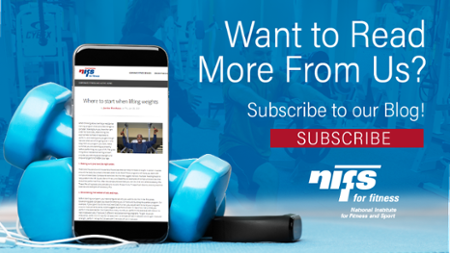
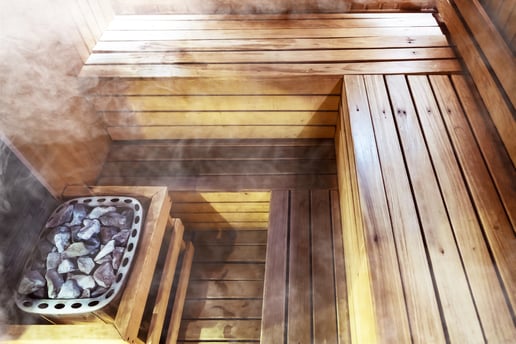 In
In 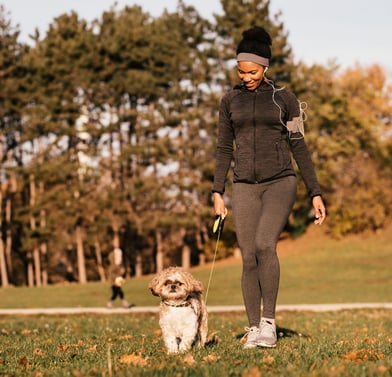 We have all heard the old sayings about fresh air and how it affects your well-being. It usually comes in the form of sage advice and sounds like something you can take with a grain of salt, but is there truth to this advice? There are times in our lives when we might not even see the sun, whether it’s because of our careers, lifestyles, or by choice. Although these reasons may have validity, there is some very good research that supports outdoor activities as a viable way to improve your overall health.
We have all heard the old sayings about fresh air and how it affects your well-being. It usually comes in the form of sage advice and sounds like something you can take with a grain of salt, but is there truth to this advice? There are times in our lives when we might not even see the sun, whether it’s because of our careers, lifestyles, or by choice. Although these reasons may have validity, there is some very good research that supports outdoor activities as a viable way to improve your overall health.
 Seriously. Stop and take a breath. Don’t judge your technique, just breathe in and out. Failure to do both in and out will likely result in you fainting, and the ERs and urgent care centers have enough to do without you coming in with a cut forehead requiring stitches.
Seriously. Stop and take a breath. Don’t judge your technique, just breathe in and out. Failure to do both in and out will likely result in you fainting, and the ERs and urgent care centers have enough to do without you coming in with a cut forehead requiring stitches.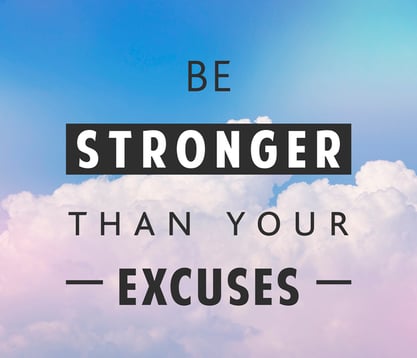 What’s your motivation for working out? Eat healthy? What’s your motivation to get enough sleep or practice de-stressing with yoga or foam rolling? What’s your motive to get your friends and family to go on a walk or to the gym with you?
What’s your motivation for working out? Eat healthy? What’s your motivation to get enough sleep or practice de-stressing with yoga or foam rolling? What’s your motive to get your friends and family to go on a walk or to the gym with you?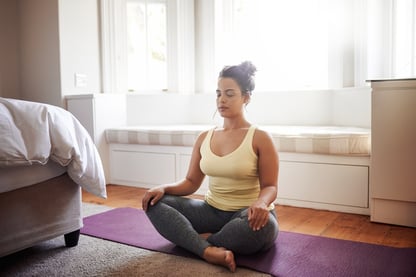 Getting healthy and losing weight go hand in hand. If your goal is to get healthy and lose weight, I need you to RELAX! No, really! Relaxing is good for you, and managing stress effectively doesn’t only help with weight loss; it makes us healthier overall. So sit back, relax, and read on for more tips.
Getting healthy and losing weight go hand in hand. If your goal is to get healthy and lose weight, I need you to RELAX! No, really! Relaxing is good for you, and managing stress effectively doesn’t only help with weight loss; it makes us healthier overall. So sit back, relax, and read on for more tips.
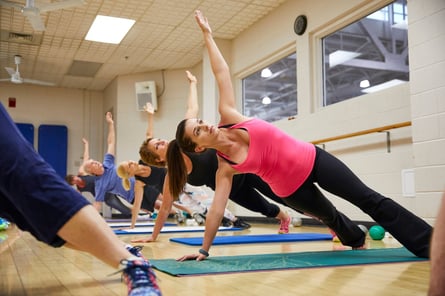 Yoga is pretty popular, and not just in the fitness industry. It’s getting lots of press for its ability to aid in living a generally healthy lifestyle. When people hear about healthy living, they often associate that only with exercise, and sometimes neglect the importance of a balanced diet and de-stressing techniques. Studies are now showing that it’s important to balance out all areas of life; not just one part should have dominance.
Yoga is pretty popular, and not just in the fitness industry. It’s getting lots of press for its ability to aid in living a generally healthy lifestyle. When people hear about healthy living, they often associate that only with exercise, and sometimes neglect the importance of a balanced diet and de-stressing techniques. Studies are now showing that it’s important to balance out all areas of life; not just one part should have dominance. Nothing sounds more dreadful to me than putting on my suit to jump into the pool to do some lap swimming on a sub-20-degree winter day (unless, of course, it’s a belly-smacker challenge—then I’m in!). But with the vast benefits that come from swimming, the draw tends to be a little bit enticing (and here are some ideas for
Nothing sounds more dreadful to me than putting on my suit to jump into the pool to do some lap swimming on a sub-20-degree winter day (unless, of course, it’s a belly-smacker challenge—then I’m in!). But with the vast benefits that come from swimming, the draw tends to be a little bit enticing (and here are some ideas for 